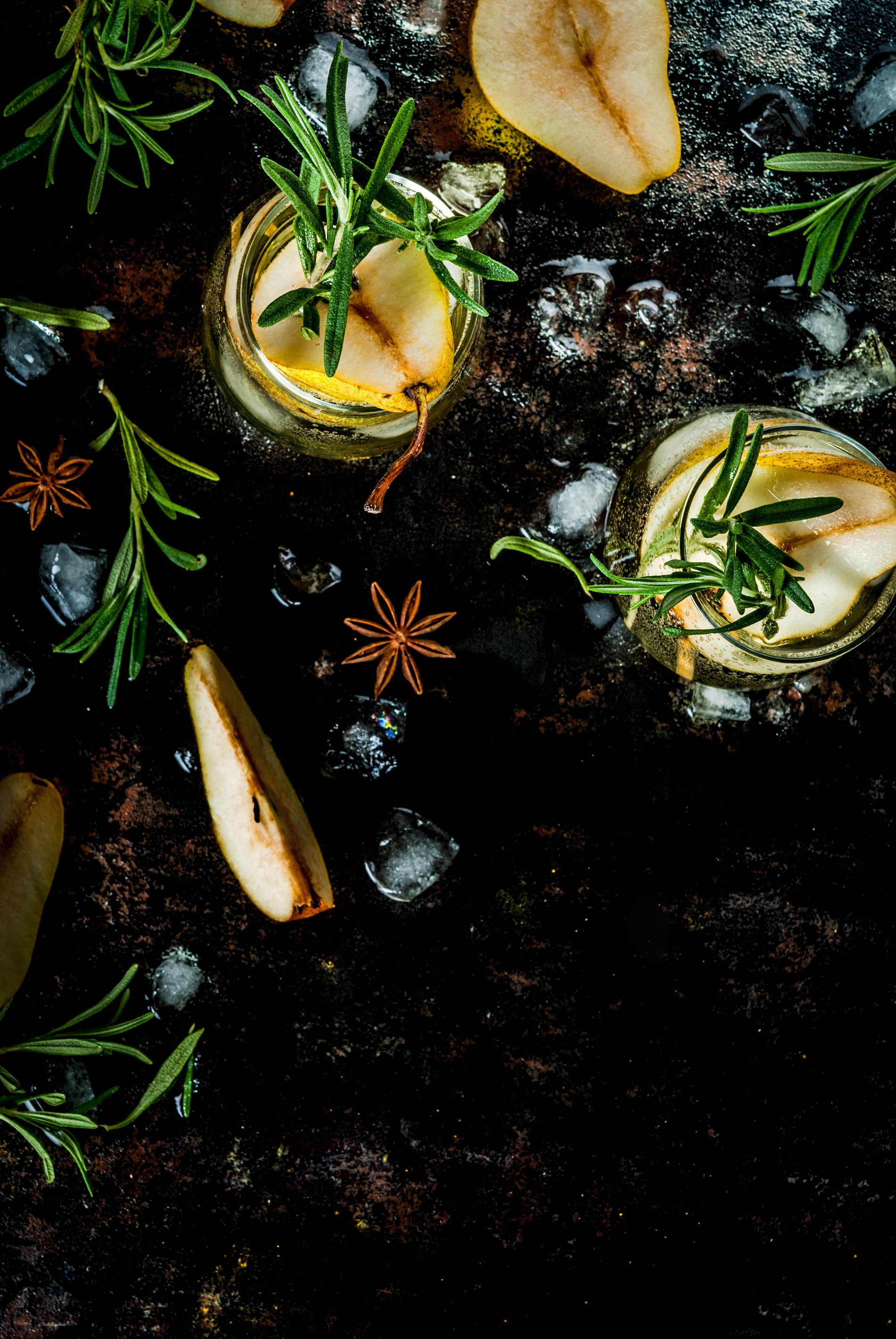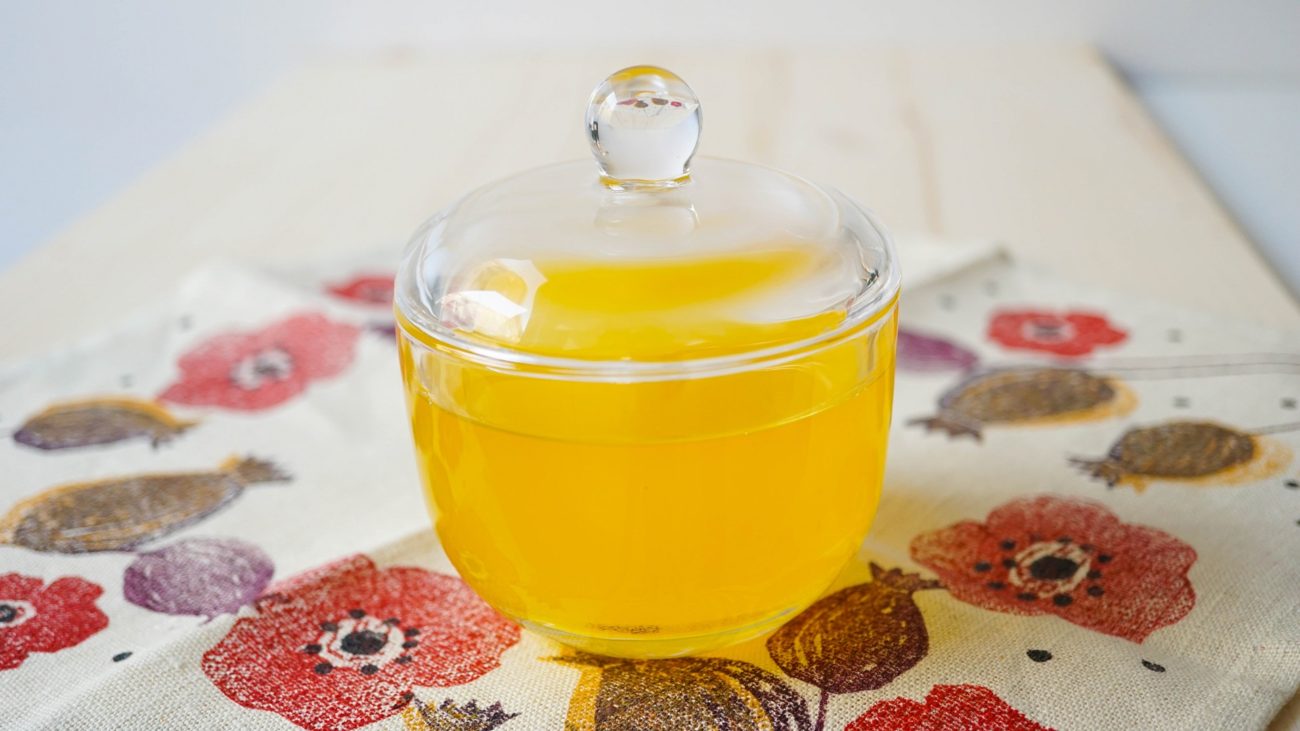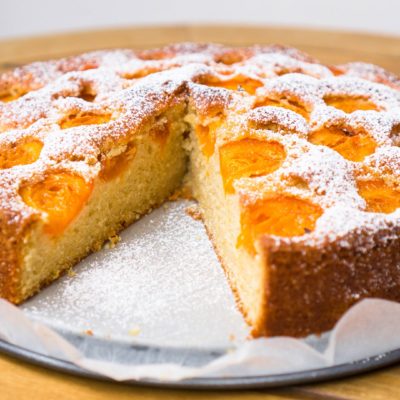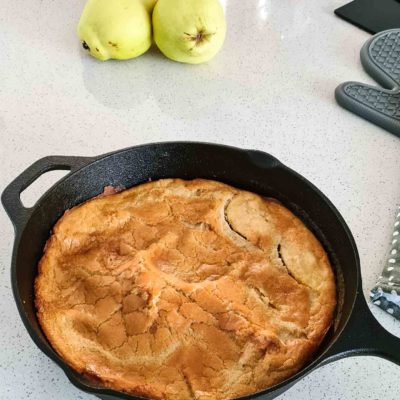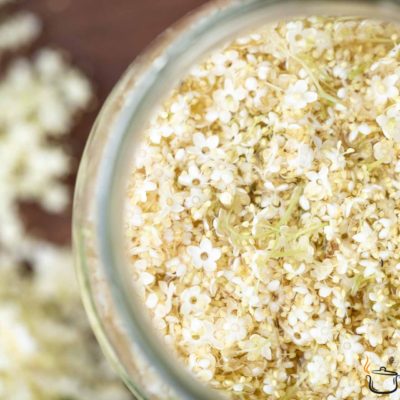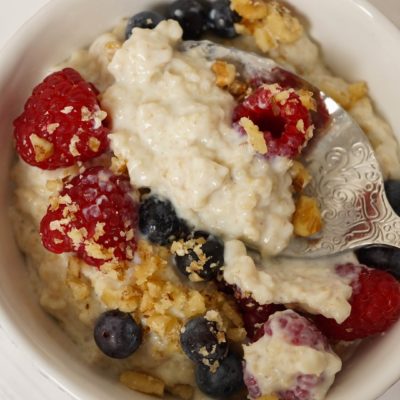What’s the difference between clarified butter and ghee? Such an interesting question I was asked by my follower the other day.
Before ghee became popular, stores offered regular clarified butter. Beurre clarifié is popular in French cuisine, in recipes requiring high-temperature cooking, or for sauces, like Hollandaise Sauce. Clarified butter is also a popular ingredient in American and British recipes. In Austria, clarified batted is called Butterschmalz and widely used in cooking, for one, for frying schnitzel in. So, is there any difference or they are the same? Let’s find out.
The short answer is as follows: all the above-mentioned products are clarified butter and are made by removing milk fat, sugar, and water from butter. Although the techniques are different, therefore their color, taste, scent, and shelf life are different.
Let me explain in greater detail.
Traditional home-made clarified butter is made by adding melting it with water and allowing the components to separate. As soon as they separated, transparent butterfat is poured off, which is the clarified butter. Everything but butterfat is discarded. Such clarified butter has a neutral flavor and keeps refrigerated for up to 9 months.
Traditional European clarified butter (Butterschmalz, Beurre clarifié etc) is produced by melting butter allowing the butterfat, water, and sugar to separate. The foam is skimmed off, and the butterfat is poured off into another container, and some solids sink to the bottom and are left behind.
Ghee is prepared by simmering butter for some time. The time depends on the amount of butter used (1 kg=1h). The water evaporates, and the fats and sugars form a foam on the top that should be skimmed of once formed. This process allows to remove everything but fat from butter. Another feature is that some part of fat and sugar caramelizes and sinks to the bottom. This caramelization is what adds the distinctive nutty flavor and taste, and golden color to ghee. Ghee keeps well unrefrigerated, according to some sources – for up to 100 years. According to Ayurveda, the older ghee, the beneficial its properties.
Ghee can be easily made at home. Here’s the recipe once we’ve brought it up 🙂
Today's visits: 1.
